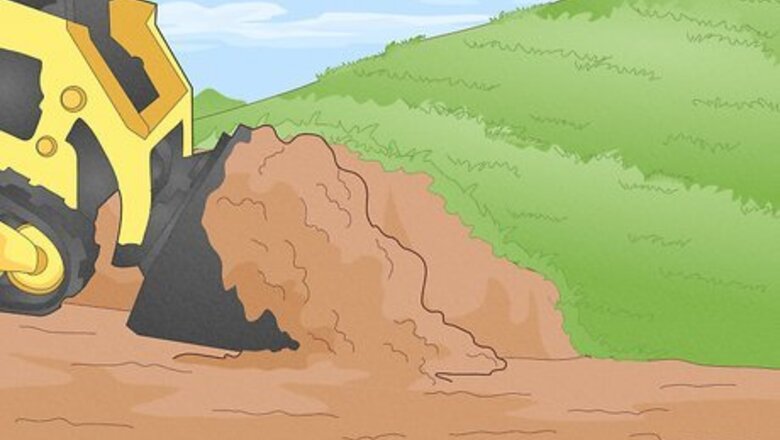
views
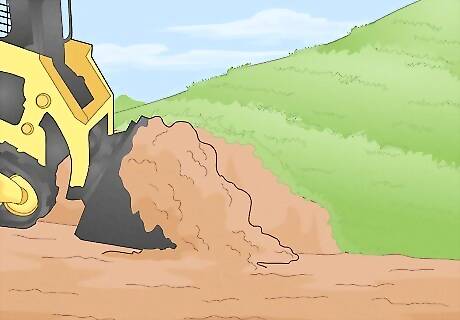
Bulldoze or dig a section of the dirt from the hill out to where you want to build a railroad tie retaining wall.
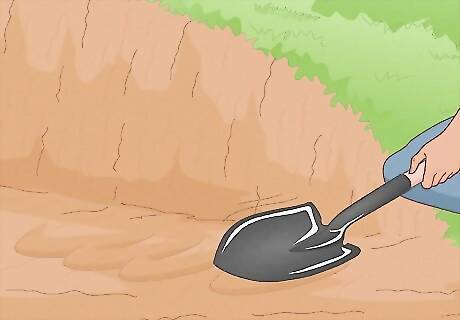
Level the ground along the entire stretch of hill (so the wall will sit flat) by packing it down evenly with your foot, shovel or a board. Place a level on the surface of the ground to make sure it is level along the entire stretch where the first layer of railroad ties will be placed.
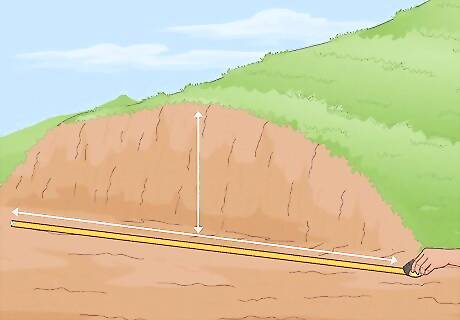
Measure the entire length and height of the retaining wall with a tape measure. First measure the length from one end of where you want the wall to sit to the other. Next, measure up from the ground to determine how high you want the wall to be.
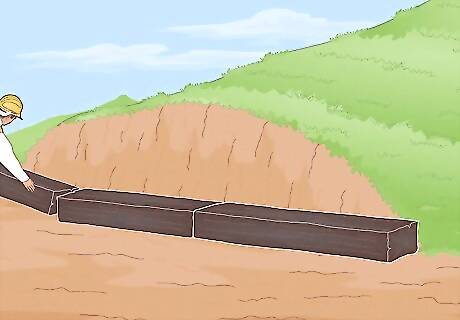
Lay the first set of railroad ties out along the prepared ground making sure the ends fit snugly together. Cut any excess off one end of a railroad tie to fit your area if needed. Make sure your ties are sitting flush on the ground by setting a level on them periodically throughout the length of the wall to check.
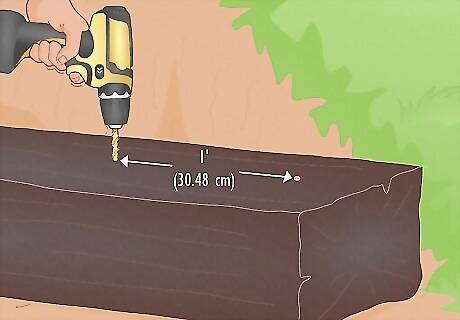
Drill holes about 1 foot (30.48 centimeters) apart through all of the base railroad ties. The hole must be big enough to fit a piece of rebar through. The rebar should be at least 2 feet (60.96 centimeters) long.
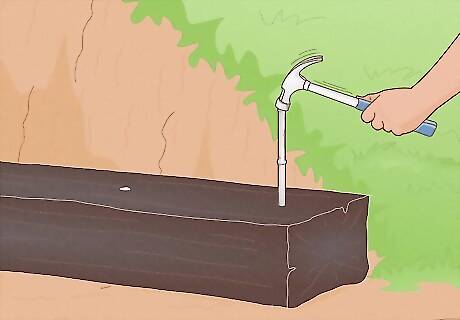
Put a piece of rebar in each of the holes and hammer it into the ground until the rebar is flush with the top surface of your railroad tie base. The rebar acts as your stabilization for the wall.
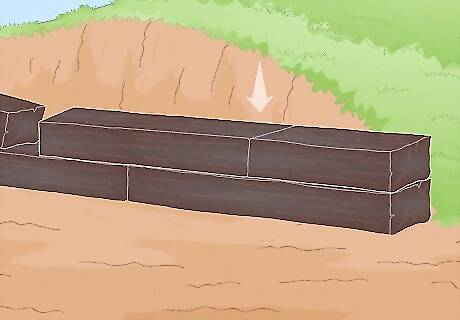
Start on the second layer once your first layer is in place and stabilized, set your second layer of railroad ties on the first making sure to stagger them like bricks so 2 meet in the middle of a railroad tie above and below it. Use nails, L-brackets or rebar to secure each layer to the layer below before adding additional tie layers. Each layer will need to be cut individually so the ends of each tie meet at different spots to avoid 2 ends meeting at the same point as the ties above or below it.
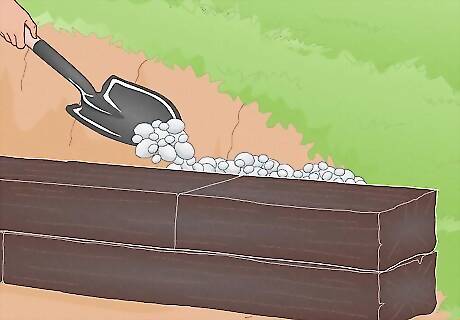
Add support to each level by filling in between the back of the railroad ties and the ground with stones. This will also help with drainage.














Comments
0 comment